Warmer months are just a stone’s throw away and people are setting their outdoor itineraries in motion. If camping is on your list this summer, learning how to harvest firewood for cooking responsibly is an excellent skill. You can protect the planet, stay sustainable and avoid robbing wildlife of their habitat. Below are seven tips to minimize the impact on ecosystems and Ways to Sustainable Firewood Gathering ideas.
In Africa, 58% of the energy supply comes from fuelwood and charcoal and this percentage in Latin America and Asia, though lower, is 15% and 11% respectively, and cannot be neglected as a potential source of ecosystem disturbance
Table Of Contents
- 1 Why Sustainable Firewood Harvesting Matters?
- 2 Tips To Sustainable Firewood Gathering
- 2.1 1. Check Legal Considerations
- 2.2 2. Use Proper Tools and Implement Safety Precautions
- 2.3 3. Identify Suitable Firewood Sources
- 2.4 4. Selective Cutting Over Clear-Cutting Firewood
- 2.5 5. Avoid Dead Standing Trees
- 2.6 6. Collect Fallen Branches and Dead Wood on the Ground
- 2.7 7. Practice the Leave No Trace Principles
- 3 Harvest Firewood Responsibly
Why Sustainable Firewood Harvesting Matters?
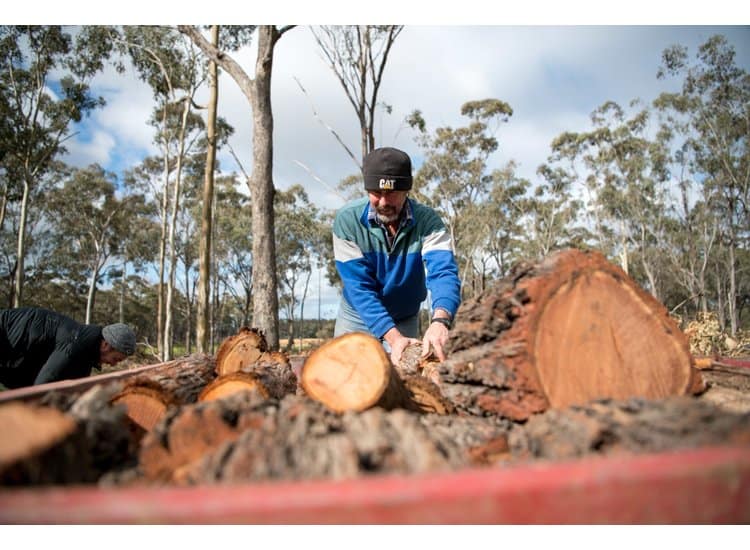
Forests help offset climate change impact by capturing tons of carbon dioxide from the atmosphere and storing it. Trees help keep the temperature cool during hot summer. More than their crucial role in mitigating the continued warming of the earth, forests are home to diverse plants and animals, with many of them in the endangered category. Irresponsible logging can disrupt the harmonious biodiversity and potentially cause degradation. So all of us need to learn about Sustainable Firewood Gathering.
Globally, 2.8 billion people, often the world’s poorest and most marginalized, burn biomass to meet their daily household energy needs
The consequences of habitat loss are bound to backfire on humans in the form of worsening climate change.
Here are several benefits of cutting green wood:
- Green timber is much easier and quicker to cut compared to seasoned hardwood.
- Chainsaw maintenance and sharpening requirements are lower.
- Green branches are less likely to be hollow, providing fewer homes for native animals.
- The leafy green parts can be utilized as mulch in paddocks.
- Larger logs can remain in the paddock, promoting insect activity.
- Smaller branches result in less splitting of logs later on.
Tips To Sustainable Firewood Gathering
If you must harvest brushwood follow these hacks to minimize the impact of your activity on the environment.
1. Check Legal Considerations
Never assume it’s OK to collect firewood in remote areas. Forest special products like wood for campfires require permissions, and policies vary depending on each state.
For example, Free Use permits are issued for firewood collected for personal use in Alaska. You need this authorization if you collect wood to light an open-air fire in a camp for cooking.
A Recreational Use permit is also given for firewood for consumption within public lands managed by the Bureau of Land Management.
This state’s regulations may differ in other locations. Therefore, always check local protocols before you do anything to avoid any legal troubles. This is a most important part of Sustainable Firewood Gathering.
2. Use Proper Tools and Implement Safety Precautions
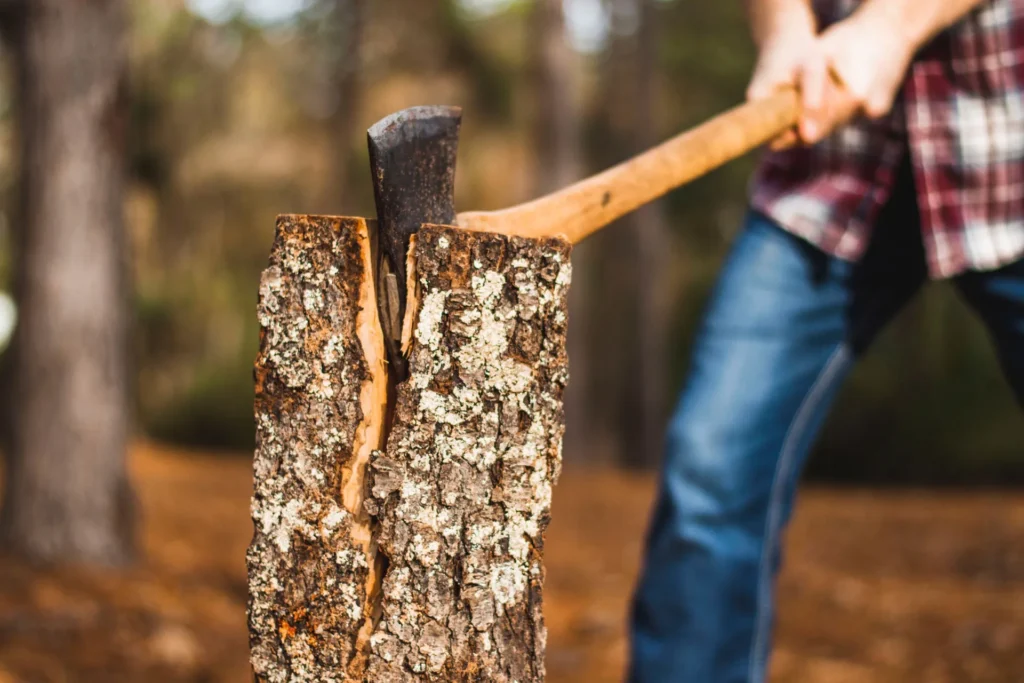
Safety must be a priority when handling firewood, especially if you’re setting a base in an area several miles from the nearest medical facility.
Equip yourself with the right tools, such as a handsaw, ax, gloves, and safety glasses. Ensure your hands are well protected when moving an entire stack of wood to avoid splinters, accidental cuts and injuries.
Be Sustainable Firewood Gathering process also considers your safety.
One tip is to choose a campsite close to wooded areas for convenience. It’s safer since you don’t have to haul a wheelbarrow of cordwood for miles.
However, exercise precautions when picking an encampment. In 2023, approximately 8,000 snake bite incidents resulted in five fatalities. Unfortunately, these reptiles are attracted to campsites. Be equally meticulous when handling firewood and selecting a rest area for the night.
3. Identify Suitable Firewood Sources
Refrain from cutting any branches on your way. Instead, choose those suitable for burning. You’ll find two types of wood in the forest — hardwood and softwood.
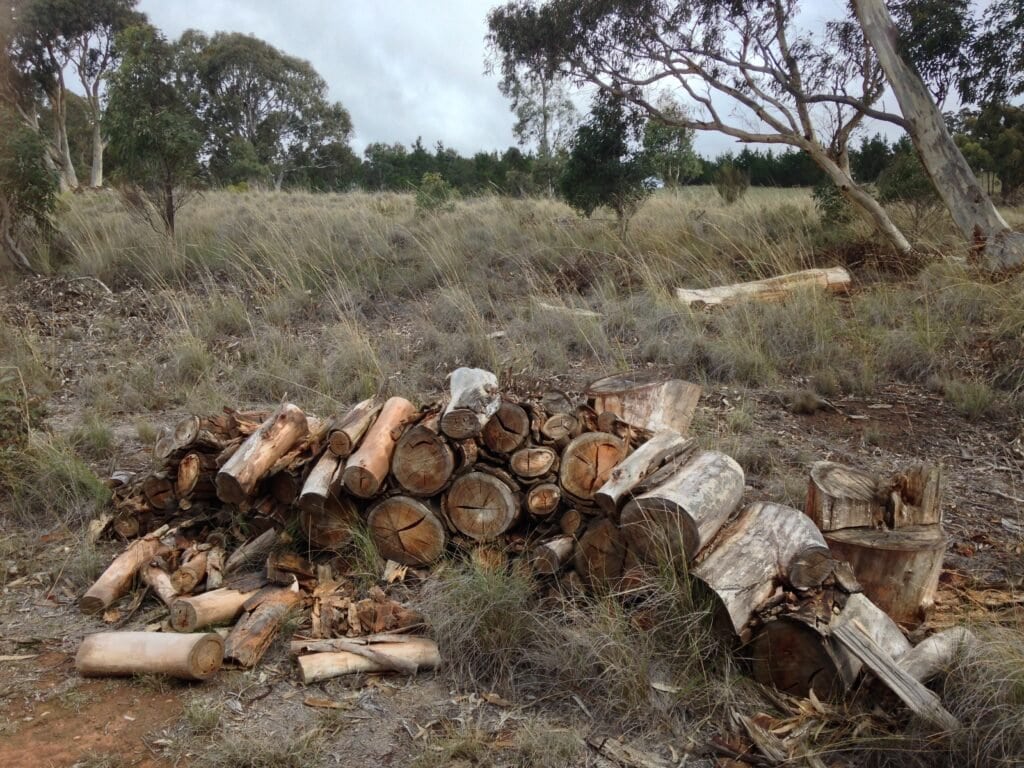
Willow, maple and walnut are examples of hardwoods. They’re tougher and denser, so they burn and produce heat more efficiently.
Meanwhile, softwood is lightweight and simpler to cut into planks. It’s more accessible than hardwood and commonly used in building homes, accounting for 80% of timber used in construction. Its best advantage is it ignites faster, so you won’t have trouble producing fire for cooking. Western red cedar and Siberian larch are great examples of softwood.
Hardwood is generally a more efficient firewood source. Before cutting any for fuel, refer to the local regulations if harvesting this type of tree is permitted in the area.
4. Selective Cutting Over Clear-Cutting Firewood
Clear cutting timbers could endanger habitats. Selective cutting is often a more responsible option since it sets aside shelter for wildlife. Clear cutting entails getting rid of the entire tree. Many do it on dead, standing logs. Selective cutting, on the other hand, involves knocking off specific parts only, like branches.
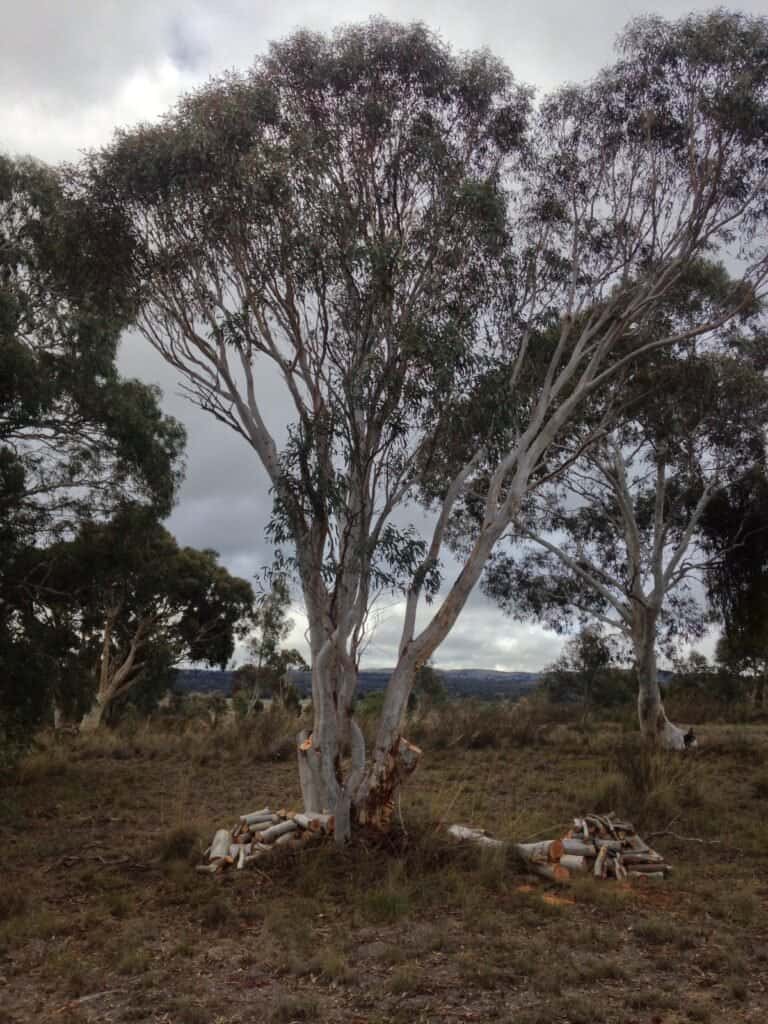
Before taking a tree down, determine its effects on the surrounding plants and wildlife. For example, species like aspen share a root system, and removing one could damage the rest of the lineup. Perhaps a family of squirrels is cozily nesting on the oak and chopping it could leave them homeless. Trees prevent runoff and erosion, so carefully consider the extent of impact before severing an unwanted tree.
It’s best to avoid clear cutting unless you have a legal harvesting permit. If you do, ax down trees in their growth period to reduce the impact on wildlife that rely on them for habitat.
Selective cutting is more sustainable as it allows the remaining sections to grow naturally, giving animals a chance to recreate their habitat.
5. Avoid Dead Standing Trees
Snags are common in the forests. While converting them into kindling is tempting, these trees help balance ecosystems as long as they remain standing.
Refrain from slicing them.
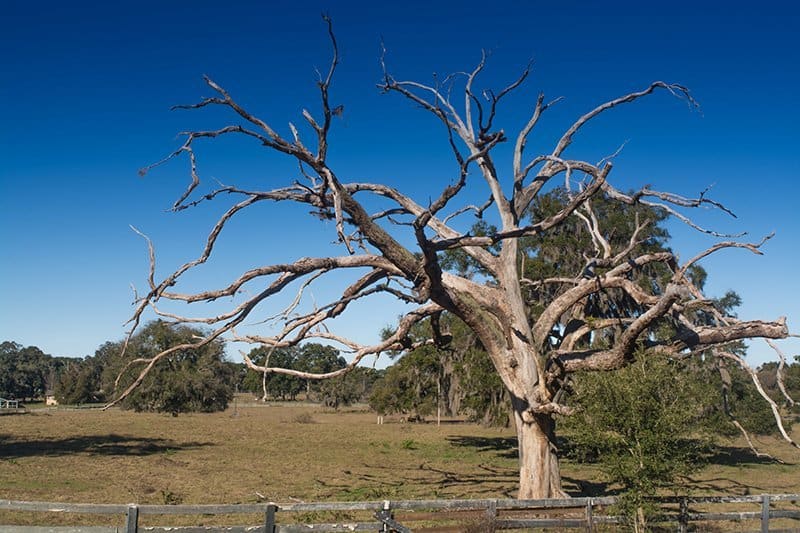
Trees undergo a cycle before they finally collapse. As snags, their hollow crevices and cavities become homes for many animals, including bats, birds, wood rats and squirrels.
Dead wood also provides a buffet for fungi, insects and moss, giving them food to thrive.
Skip them when looking for firewood. Instead, choose those with evidence of diseases, like bleeding lesions or cankers. Crooked or dense hardwoods often require thinning, making them a better cordwood.
6. Collect Fallen Branches and Dead Wood on the Ground
Sometimes, you don’t have to resort to chopping — twigs lying on the ground make excellent fuel. They’re perfect for overnight camping, giving you warmth during a cold night and fire for heating up your favorite beverage.
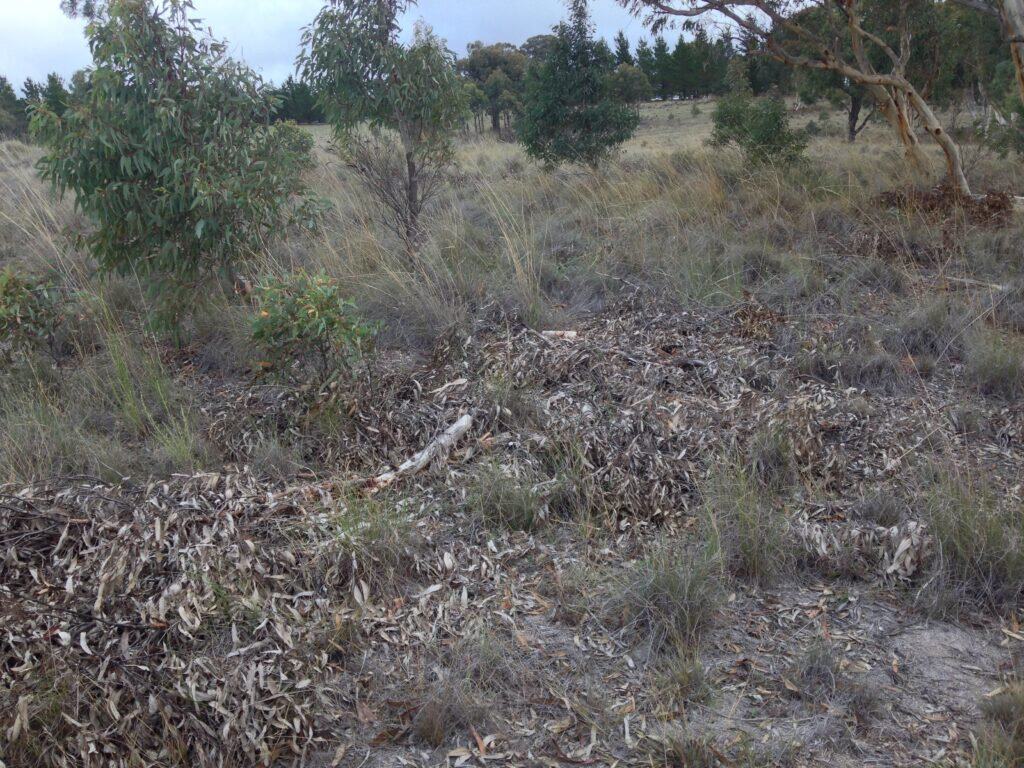
Scan your surroundings for fallen branches or dry seasoned logs. These types ignite quickly and produce a steady flame. Here’s one campfire cooking tip — use dry leaves, cotton balls soaked in petroleum jelly or newspaper to light the fire and add the dead wood you’ve collected to intensify the flames.
7. Practice the Leave No Trace Principles
Only gather enough firewood for your campfires — don’t hoard. If you end up with stacks, share it with other campers. The idea is to leave the place the way you find it. Take home or throw your trash appropriately to minimize the damage caused by your activity.
Your foot traffic alone slightly harms the forest elements. Leaving your trash on top of burning wood may cause irreparable damage to biodiversity. Put out the campfires and scatter the ashes. Respect the environment by leaving no trace.
Leave No Trace Principles Reference: https://www.nps.gov/articles/leave-no-trace-seven-principles.htm
Harvest Firewood Responsibly
Sloppy methods of amassing brushwood degrade the environment. Follow these seven tips to preserve the forests and animal habitats when camping. Do outdoor activities responsibly by leaving nothing but your footprint on the campsite.



















